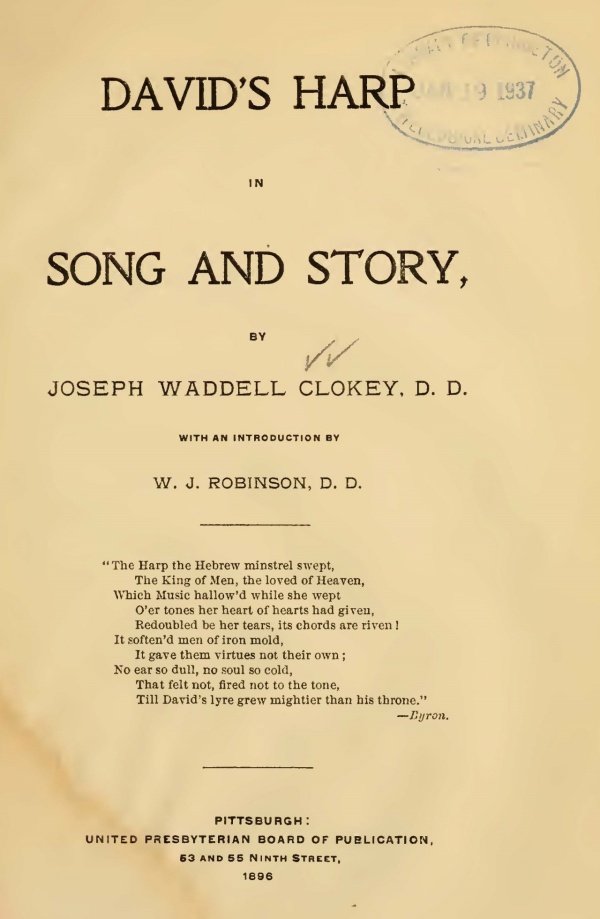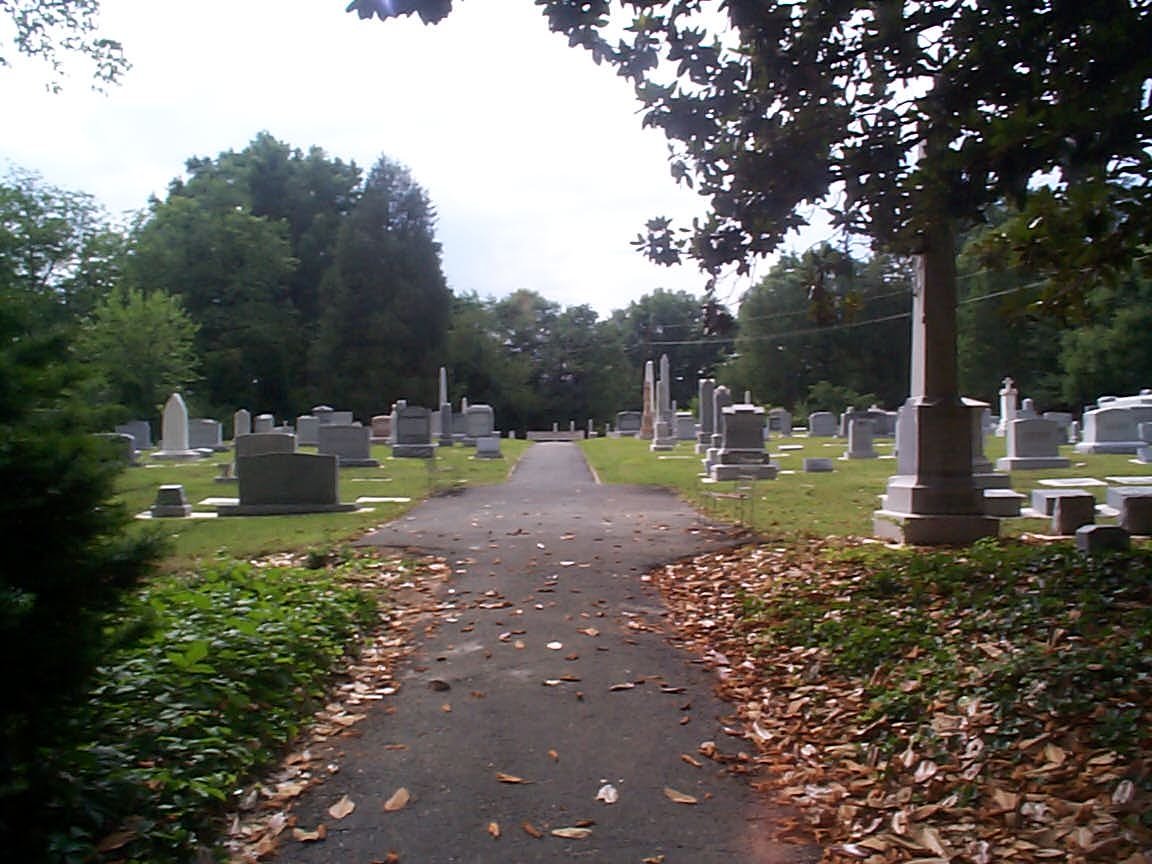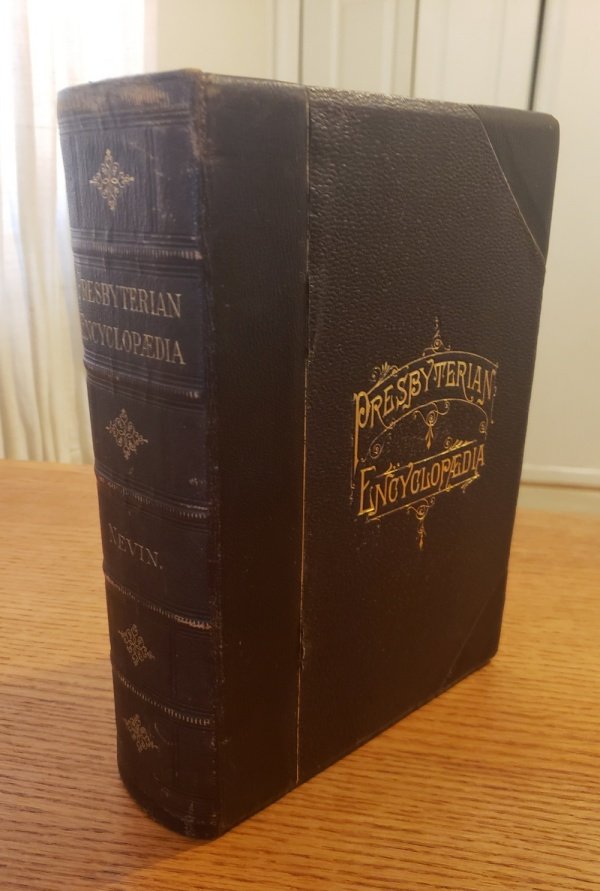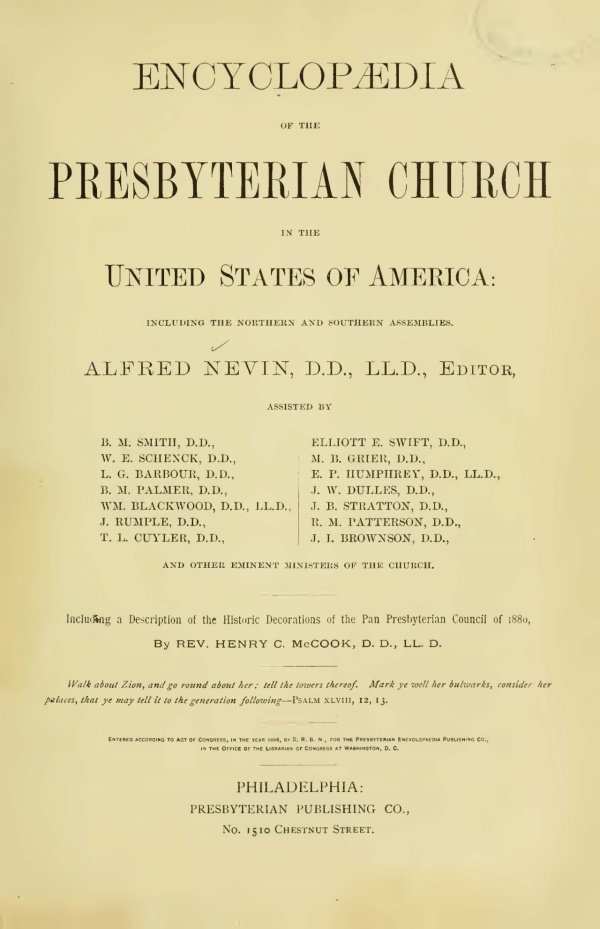Receive our blog posts in your email by filling out the form at the bottom of this page.
Writing for the journal Our Monthly in 1870-71, Prof. Leroy J. Halsey of McCormick Theological Seminary in Chicago provided readers with a set of biographical sketches of Notable Women of Christianity. The six sketches include:
Helena, the Mother of Constantine — Halsey makes the case that Roman Empress Helena (d. 330 AD) was a Christian believer and spiritually influenced her son Constantine the Great before and after his conversion, contrary to the account of Eusebius that she was only converted after Constantine.
Vittoria Colonna - Colonna (1492-1547) was an Italian noblewoman and poet, who, as Halsey notes, evidenced “Calvinistic” views in her poetry. She is said also to have been both a muse and spiritual guide to Michelangelo.
Marguerite of Navarre - Marguerite (1492-1549) was a Princess of France and Queen of Navarre. She was highly educated and a gifted poet, and, though she ever officially left the Church of Rome, she did what she could to support the Reformation, and corresponded often with John Calvin.
Olympia Fulvio Morata - Morata (1526-1555) was an Italian scholar who was a friend to Vittoria Colonna, Marguerite of Navarre, John Calvin and others in Protestant circles. Indeed, she lectured on the works of Calvin. The account of her faith on her deathbed (she was stricken down at the age of 29 by the plague) given by Halsey is very moving.
Lady Huntingdon - Selina Hastings (née Shirley), Countess of Huntingdon (1707-1791) was an English lady prominent in the Methodist movement. She served as principal of Trevecca College, Wales and did much to support the work of the Methodist Church financially and otherwise.
Hannah More - More (1745-1833) was an English poet, playwright and philanthropist who was moved by her Christian faith to act on behalf of the poor and oppressed. Halsey writes of her life of service, and her world-wide influence (she was visited by William B. Sprague on one of his tours of the continent as noted in Visits to European Celebrities (1855)).
In this series of sketches, Halsey aimed to highlight not only noble women but the nobility of women. The virtues of education, love and, above all, faith are the characteristics which stand out in Halsey’s biographies. Take note of these Christian women through the centuries, and their stories, which speak to us yet today.


































